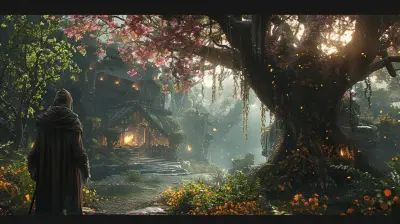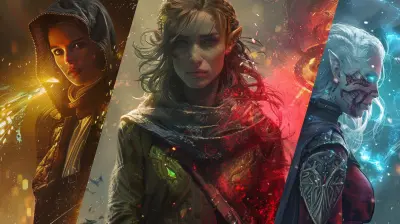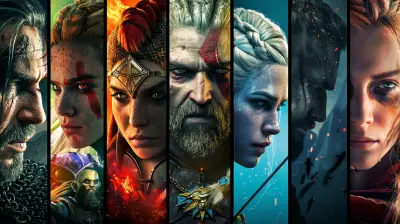Crafting Memorable Villains in Adventure Games
12 April 2025
When was the last time you finished an adventure game and couldn’t stop thinking about the villain? A truly unforgettable villain can turn a good game into an extraordinary one. Villains are the heartbeat of many adventure games, driving the story, challenging the protagonist, and stirring emotions in players. But what exactly makes a great villain? Why do some antagonists linger in our thoughts long after we’ve set down the controller, while others are just… forgettable?
In this article, we’re diving deep into what it takes to craft a villain that sticks with the player, one who is as memorable as the moments they create. Whether you're a game designer or just a hardcore fan of the genre, you’ll walk away with a deeper appreciation for the unsung (or perhaps villainously celebrated!) art of character design. 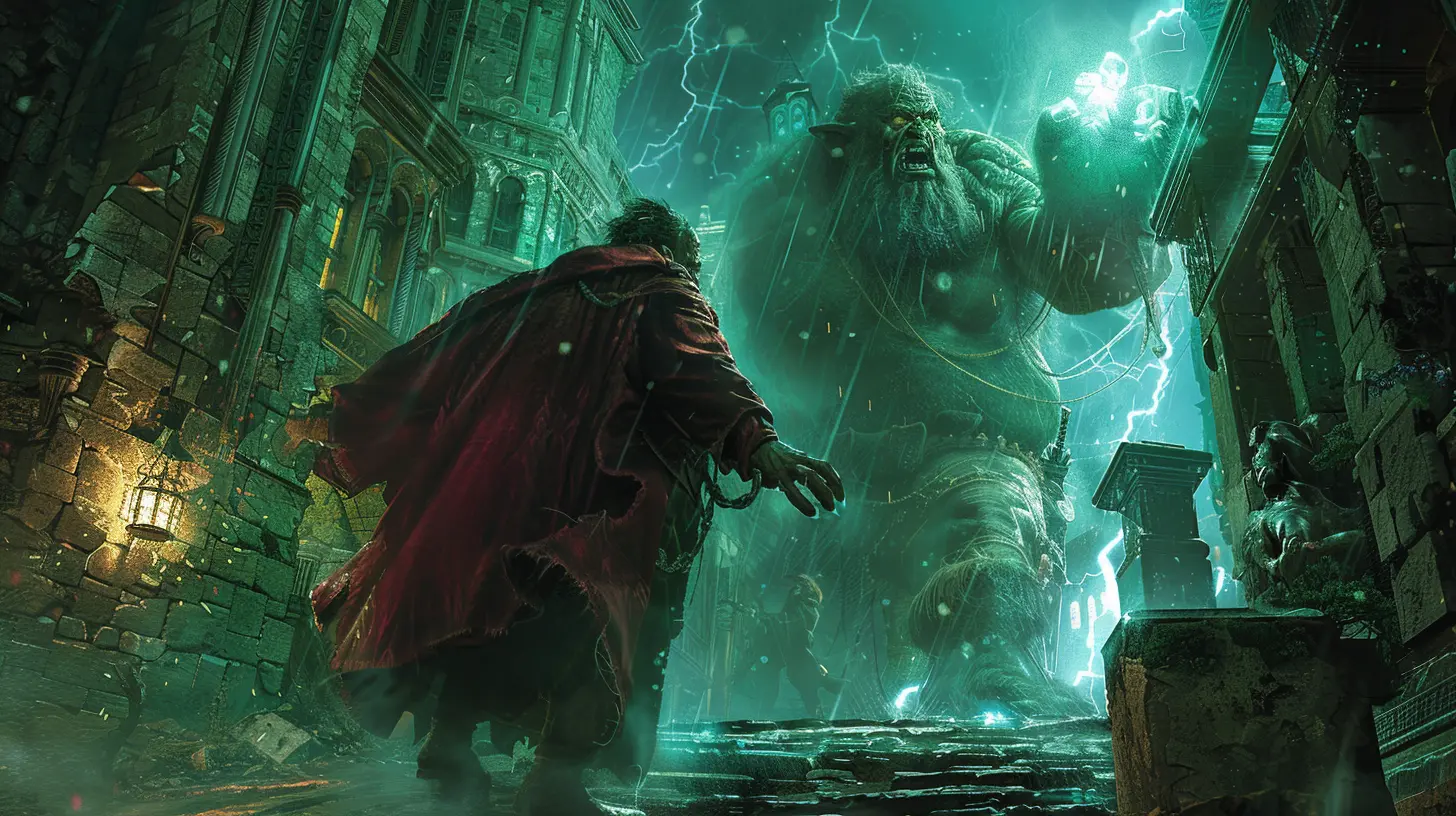
The Role of Villains in Adventure Games
Every hero is only as good as their villain. Think about it—what’s Frodo without Sauron, or Lara Croft without her host of morally ambiguous adversaries? Villains aren’t just obstacles for the player to overcome; they're catalysts for the story. They challenge the hero, force them to grow, and provide the conflict that makes the journey worthwhile.In adventure games, where storytelling takes center stage, villains often wear many hats. Sometimes they’re the shadowy puppeteer pulling strings behind the curtain. Other times, they’re a more personal, face-to-face adversary who creates emotional stakes. Either way, they are vital to crafting an immersive, engaging narrative. Without a compelling villain, the most intricate plotlines and beautifully designed worlds often fall flat. 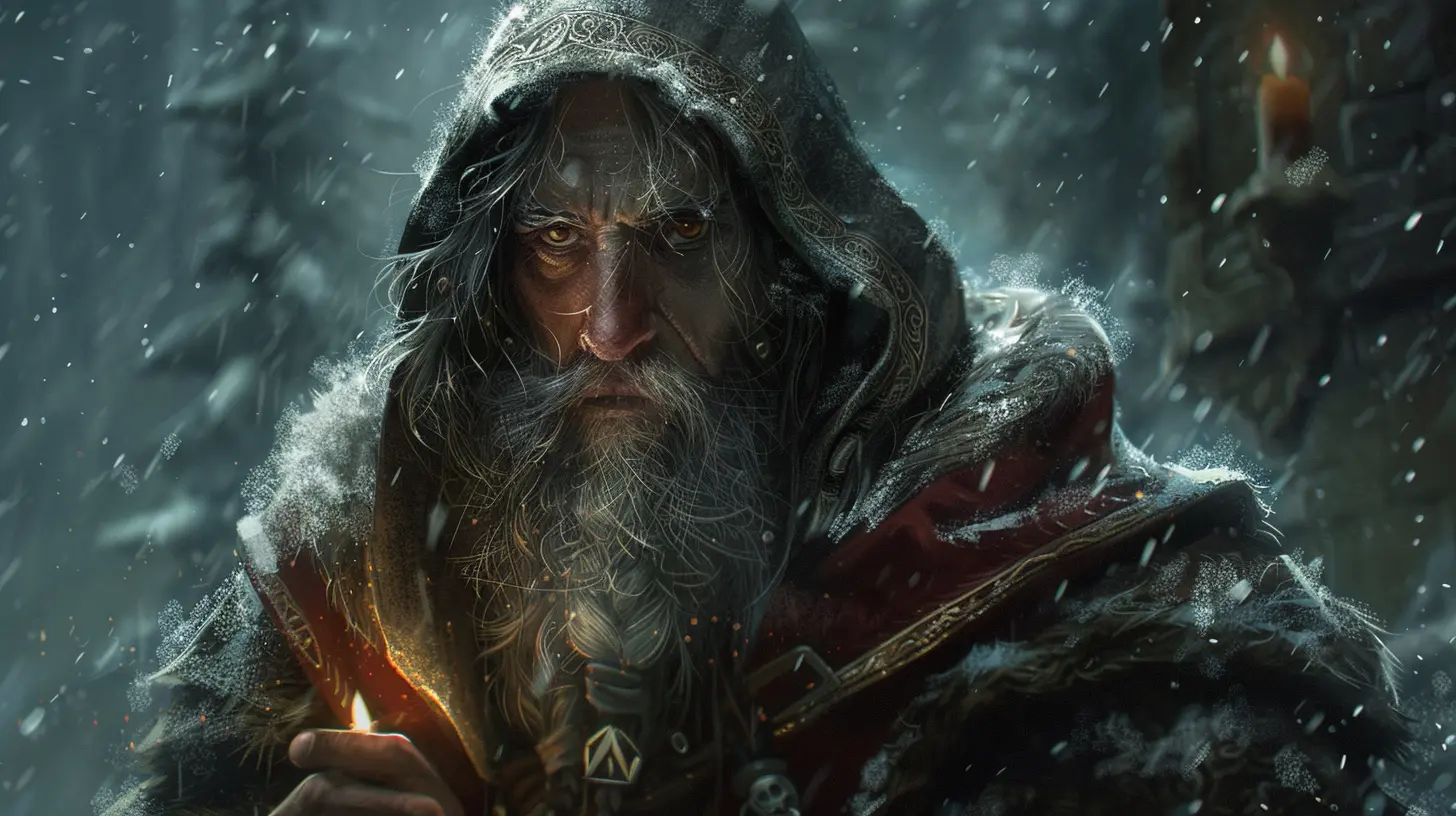
What Makes a Villain Memorable?
So, what separates the legends from the laughables? Crafting a memorable villain is part art, part science. It’s not about slapping a maniacal laugh and some edgy backstory on a character and calling it a day. No, it’s about depth, relatability, and presence. Let’s break it down:1. A Relatable Motivation
Here’s the thing: even the “bad guys” believe they’re the heroes of their own story. The best villains aren’t evil just for the sake of it—they have a clear motivation that, even if skewed, makes sense from their perspective.Take Andrew Ryan from Bioshock. His philosophy of objectivism drives his actions, and while his methods are undeniably twisted, you can see where he’s coming from. A relatable villain makes the player pause and think, “Wait… do they have a point?” That’s a powerful moment of connection, and it hits differently than mindless evil ever could.
2. Complex Personality
One-dimensional villains are a dime a dozen. You know the type: all anger, zero charisma, just there to be defeated. But a truly memorable villain feels like a living, breathing character. They have layers, contradictions, and emotional depth.Think of GLaDOS from Portal. She’s sarcastic, passive-aggressive, and wickedly intelligent, but beneath her biting humor, there’s a tragic undertone that makes her unforgettable. The complexity in her character creates a push-pull dynamic with the player—should we hate her, laugh at her, or maybe even pity her?
3. A Strong Presence
Great villains don’t just show up for the final boss fight and call it a day. They loom over the story, leaving their mark even when they’re not on-screen. Their influence is felt everywhere, whether it’s through environmental storytelling, other characters’ actions, or their own intimidating monologues.In Far Cry 3, Vaas Montenegro’s magnetic personality and unhinged behavior steal the show. He doesn’t need a ton of screen time to be impactful; every encounter with him is unforgettable, and his presence casts a long shadow over the entire game. 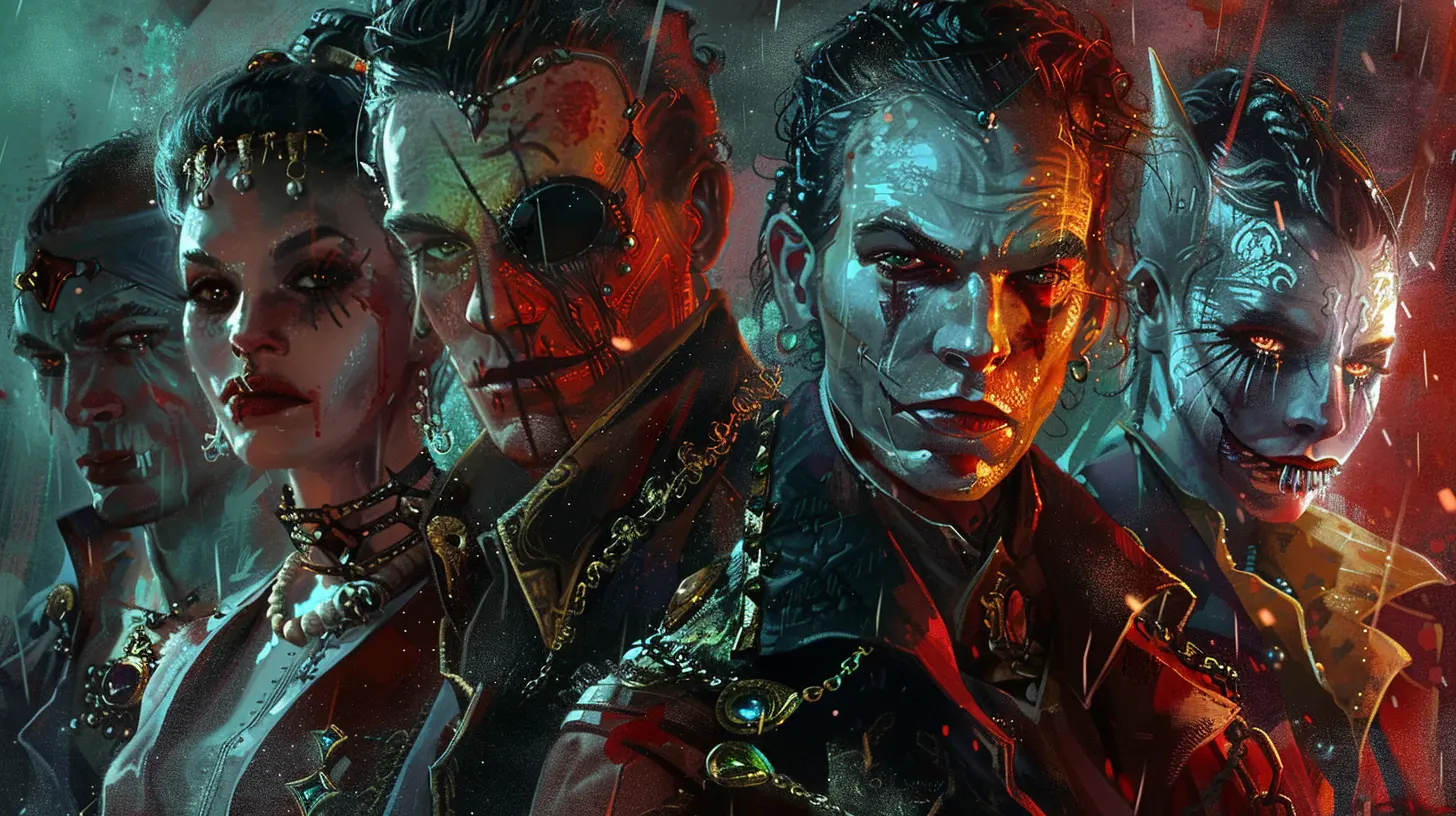
Making Villains Part of the Gameplay
It’s not enough for a villain to shine in cutscenes—they need to be integrated into the gameplay itself. This is where some of the most innovative game design happens.1. Dynamic Interactions
The best villains actively engage with the player throughout the journey. Whether it’s through taunting radio messages, surprise appearances, or cleverly designed set pieces, these interactions keep the villain at the forefront of the player’s mind.In Arkham Asylum, the Joker’s constant taunts over the intercom create a sense of unease and anticipation. You know he’s watching, you know he’s planning something, but when and where he strikes is always a mystery.
2. Villains as Puzzles
Another way to make villains memorable is to tie their personality or theme into the gameplay mechanics. A great example is Undertale’s Flowey. This villain’s unsettling demeanor is reflected in the game’s mechanics, breaking the fourth wall and forcing players to think outside the box.By making the villain more than just a character but part of the gameplay itself, developers can create a more immersive, impactful experience. 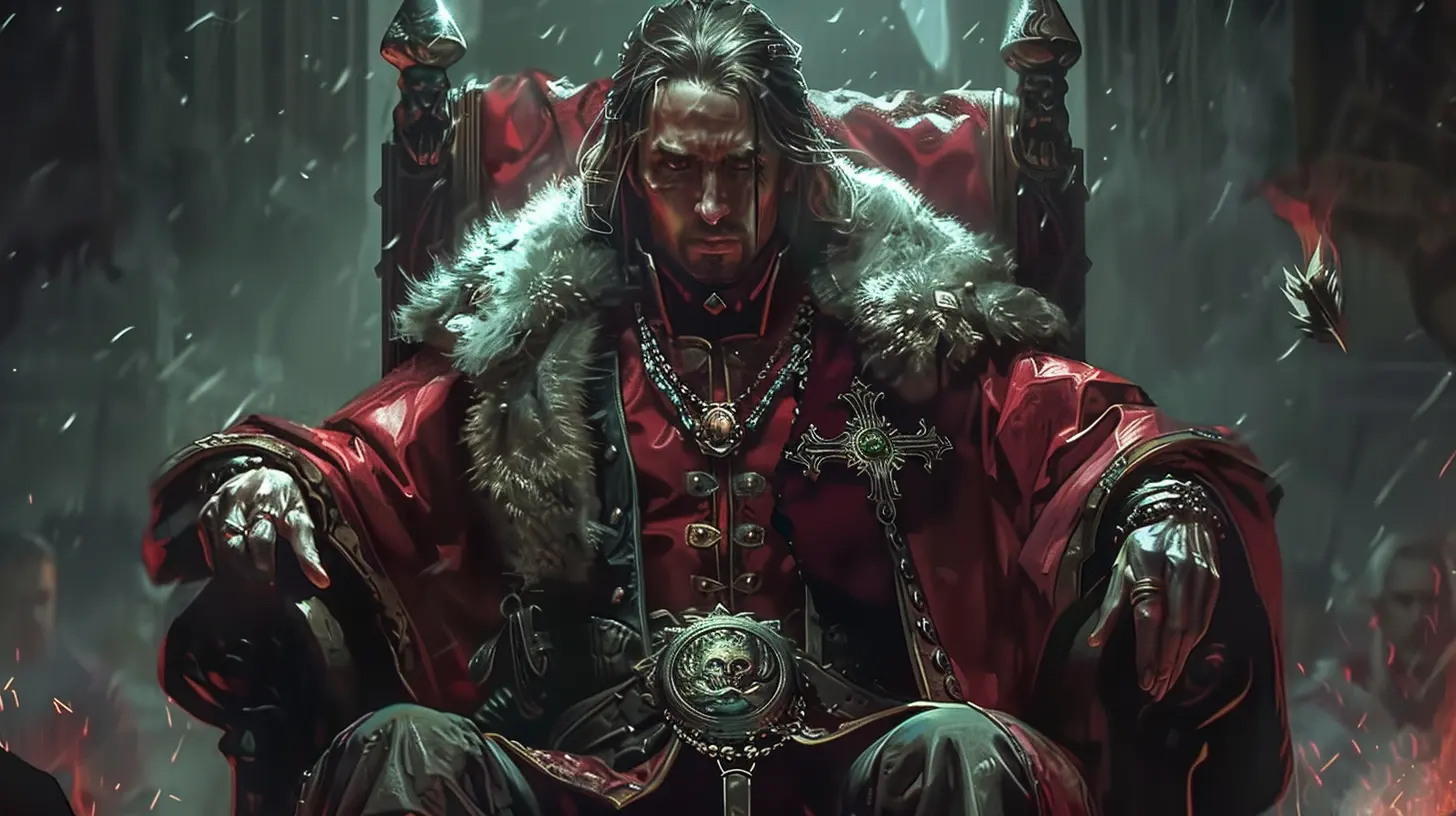
Visual Design: First Impressions Matter
Let’s face it—people judge books, and villains, by their covers. Visual design is a key ingredient in making a villain stand out. Does their appearance reflect their personality? Are they instantly recognizable? Here’s the trick: striking but not over-the-top.Villains like Sephiroth from Final Fantasy VII are iconic because of their sleek, memorable designs. The long silver hair, brooding expression, and massive sword all scream, “I’m not to be trifled with.” His look perfectly complements his role as a larger-than-life adversary.
The Emotional Connection
At the end of the day, what makes a villain truly memorable is the emotional connection they forge with the player. A good villain makes you feel something—hatred, fear, admiration, or even a strange sense of empathy.1. Memorable Rivalries
When a villain feels like they’re targeting you personally, it creates a deeper sense of engagement. They’re not just an obstacle; they’re your obstacle, and that animosity can make every encounter with them electric.In The Legend of Zelda: Ocarina of Time, Ganondorf’s constant meddling in Link’s journey builds an intense rivalry. By the time you face him, it’s personal in the best way possible.
2. Emotional Payoff
The final confrontation with a villain is often the climax of the game, and it needs to feel satisfying. Whether it’s a battle of wits, a physical showdown, or a moral dilemma, the resolution should be as rich and complex as the villain themselves.Tips for Aspiring Game Designers
If you’re a budding game designer looking to create a standout villain, here are some quick tips:- Start with their backstory: What shaped them? What drives them?
- Make them flawed: Perfection is boring. Flaws make villains relatable and interesting.
- Give them agency: Let them make choices that shape the story, not just react to the hero.
- Test player reactions: What emotions does your villain evoke? If players are indifferent, it’s time to go back to the drawing board.
Why Villains Matter
Adventure games are about journeys, and every journey needs a compelling adversary to face along the way. A well-crafted villain isn’t just a character—they’re an experience. They challenge us, thrill us, and sometimes even change the way we see the world.So the next time you’re designing a villain (or simply appreciating one), remember: it’s not about how evil they are—it’s about how memorable they are. Because, when done right, a great villain can transform an adventure game into something unforgettable.
all images in this post were generated using AI tools
Category:
Adventure GamesAuthor:

Luke Baker
Discussion
rate this article
5 comments
Makayla McCarron
Crafting memorable villains is essential in adventure games, as they embody the player's challenges and fears. A well-developed antagonist not only drives the narrative but also enriches the player's emotional journey. By intertwining complexity and motivation, creators can leave a lasting impact on the player's experience.
May 18, 2025 at 2:40 PM

Luke Baker
Absolutely! Memorable villains are crucial for deepening the narrative and enhancing the emotional stakes of the player's journey. A well-crafted antagonist truly elevates the entire gaming experience.
Theo Cook
Great insights on villain development! Thanks!
May 11, 2025 at 4:50 PM

Luke Baker
Thank you! I’m glad you found the insights helpful!
Phoenix McQuillan
Crafting memorable villains in adventure games hinges on depth and relatability. By giving them compelling backstories and nuanced motivations, developers can transform antagonists into complex characters that resonate with players. Ultimately, a well-developed villain not only drives the narrative but also enhances player engagement and emotional investment in the story.
April 30, 2025 at 2:27 AM

Luke Baker
Absolutely! A well-crafted villain adds depth to the narrative and can create a more immersive experience for players, making the story truly unforgettable.
Zaylee Fry
Creating villains with depth and relatable motives enriches storytelling, making players emotionally invested in their adventure.
April 24, 2025 at 3:57 AM

Luke Baker
Absolutely! Complex villains not only enhance the narrative but also deepen players' emotional engagement, making their journey all the more impactful.
Verity McFee
Great insights! Memorable villains truly enhance adventure games!
April 14, 2025 at 3:20 PM

Luke Baker
Thank you! I'm glad you found the insights valuable. Memorable villains really do elevate the gaming experience!
